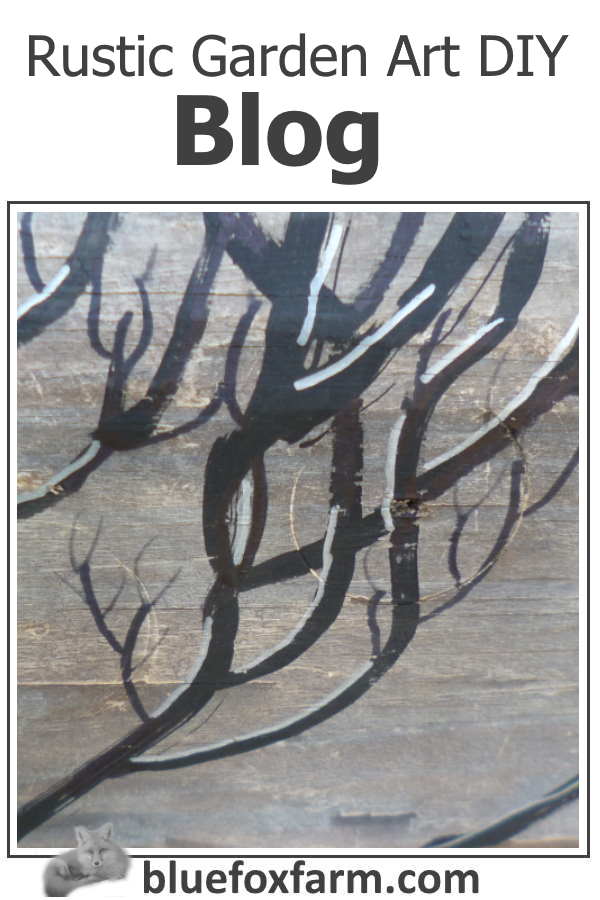| Back to Back Issues Page |
 |
|
Rurality Newsletter - All Rustic News Q&A April 01, 2022 |
There are lots of questions to answer - sometimes I don't know which one to pick! If you have a query, you know what to do. April 1 2022I got this question from a visitor to the site, and although I no longer am able to do the actual craft, I can explore some options and give you my thoughts. What you do with the information is up to you. This was the question; I have been looking into hypertufa and gardens recently, and I've gotten very concerned about the fact that peat moss is being harvested so fast that it's basically a nonrenewable resource. It makes me so sad to think of people making their environmentally friendly gardens with materials that are nonrenewable and whose harvesting reduces biodiversity. I saw that you had tried alternatives in hypertufa but that you kept coming back to peat moss. I'd like to encourage you to do a post on pros and cons of the different substitutes. Here are my thoughts on the matter; I've made mortar for use on a cordwood wall, and it called for damp sawdust, so this is definitely an option. The proportions for the mortar were for more portland cement powder than sawdust, but for hypertufa, I would start with that, then add more sawdust in small increments until I had a workable mixture. Then test, test, test. The mortar on the cordwood wall did not crack, but I think if you pushed it and put a lot of sawdust in, it could do that. Other options that I've heard of but never tried would be coir, which is the fibers that come off coconuts. This is pressed into sheets for lining hanging baskets, but you can also get it in a compressed brick. Again, similar to the sawdust, you would need to soak it prior to use. You could also raise the percentage of perlite in your mix, or even try lava rock or pumice. This could be an interesting experiment, if a little hard on the hands to mix it. This would eliminate the use of peat moss entirely, but whether or not it would work is the question. If you try any of these suggestions, take notes of what works and what didn't, and let us know! Don't forget; if you have questions, ask away! Reply to this email, or use the contact link in the footer of every page on this site. Want even more inspiration? Visit the Rustic Garden Art DIY Blog for all updated and new pages on the website. 
I hope you've enjoyed this issue of Rurality Newsletter. Now get crafting!  contact.html
contact.html
|
| Back to Back Issues Page |